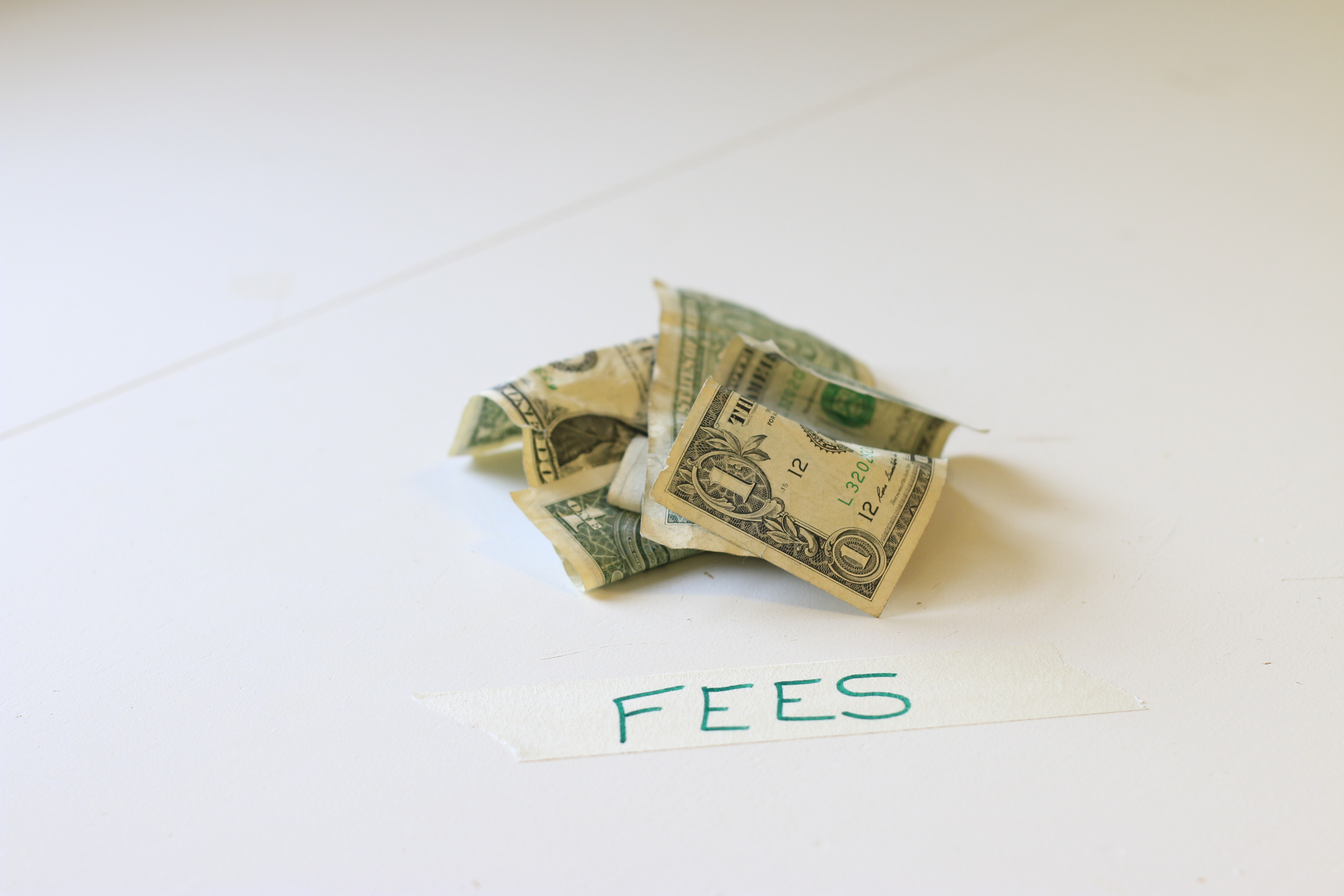
When it comes to banking and finance, you may have found yourself wondering how banks make money. While much of it is made through loans and interest, banks make a ton of money through hidden fees. These usually catch people off guard and, sometimes, can put you in a bit of a bind. Here is a look at seven hidden banking fees you may be experiencing and how to avoid them.
1. Monthly Maintenance Fees
Many banks charge a monthly fee just to keep your account open. These fees can range from $5 to $25 and they quickly add up over time. Some banks waive these fees if you meet certain requirements, such as maintaining a minimum balance or setting up direct deposits.
To avoid these fees, you should check your bank’s policies to see if you qualify for a waiver. It might also be worth considering moving to another bank. Online banks often have lower or no maintenance fees, making them a great alternative.
2. Overdraft Fees
Overdraft fees occur when you spend more than your available balance, with banks charging an average of $35 per overdraft. These fees can pile up if multiple transactions go through before you realize your balance is low.
If you want to avoid these fees, you should opt out of overdraft protection or link your checking account to a savings account for automatic transfers. You can also set up low-balance alerts to stay on top of how much money is in your account. Additionally, some banks offer no overdraft fee accounts. So, you may consider switching if overdrafts are a frequent issue.
3. ATM Withdrawal Fees
Using an out-of-network ATM can cost you anywhere from $2 to $5 per transaction. If you frequently withdraw cash, these fees can add up quickly.
Try to use your bank’s ATM when possible. Most institutions have an ATM locator that will make finding one near you easy. You might also consider withdrawing larger amounts less frequently to reduce the number of transactions. Some online banks also have a larger network of fee-free ATMs. Making the switch could save you money.
4. Paper Statement Fees
Many banks now charge $2 to $5 per month for mailed paper statements. While this fee may seem small, it adds up over time.
Switching to electronic statements can help you avoid this charge. E-statements are not only free but also more secure and environmentally friendly. Most banks allow you to change your statement preferences through online banking. If you still need paper statements occasionally, request them on an as-needed basis rather than paying a monthly fee.
5. Excessive Transaction Fees
Savings accounts often have limits on the number of withdrawals or transfers you can make per month. Exceeding this limit can result in a fee of $10 or more per extra transaction.
Always monitor your transactions and plan them carefully. If you need frequent access to your funds, consider using a checking account instead. Budgeting apps can also help you track and limit your withdrawals.
6. Inactivity Fees
Banks may charge a fee if your account remains inactive for a set period, typically six to 12 months. These fees can range from $5 to $20 per month.
To prevent inactivity fees, make small transactions or deposits periodically. Setting up automatic bill payments or transfers can keep your account active. If you no longer need an account, close it properly to avoid unnecessary fees. Look for banks that do not charge inactivity fees, especially if you have multiple accounts.
7. Wire Transfer Fees
Wire transfers can be expensive, with domestic transfers costing $15 to $30 and international ones even higher. If you frequently send money, these fees can take a significant toll on your finances.
Peer-to-peer payment apps like Venmo, Zelle, or PayPal make wire transfers unnecessary. However, some banks offer free wire transfers for certain account holders, so be sure to check your bank’s policy. If not and a wire transfer is necessary, compare rates between banks to find the most affordable option.
Take Control of Your Banking Fees
When it comes to banking and finance, there are a lot of hidden fees that can sneak up on you. Make sure you are informed of your specific bank’s policies. Having that knowledge and being proactive will keep you from incurring unnecessary charges. Ultimately, the money is always better in your pocket. With the right strategies and a little planning, you can take control and avoid these fees.
